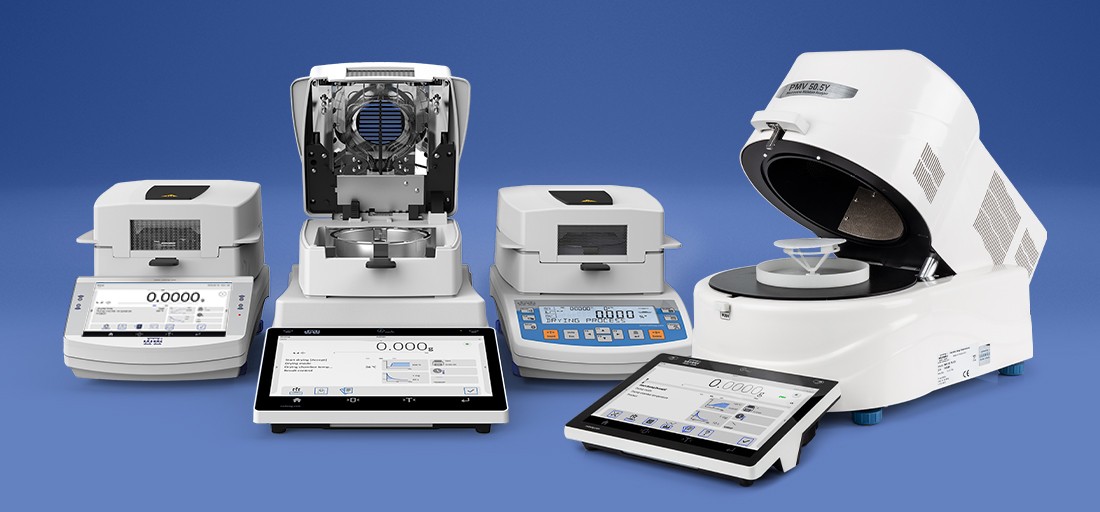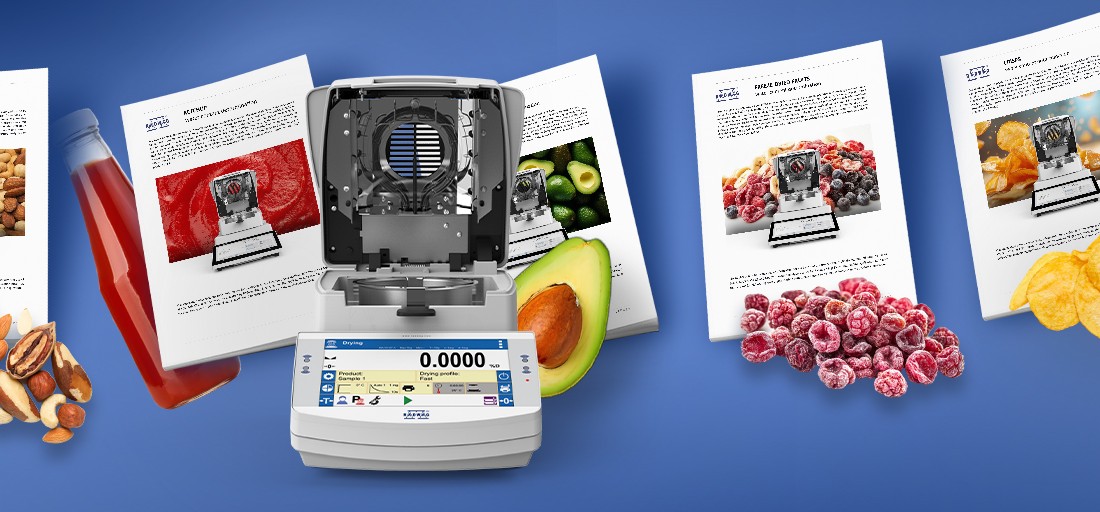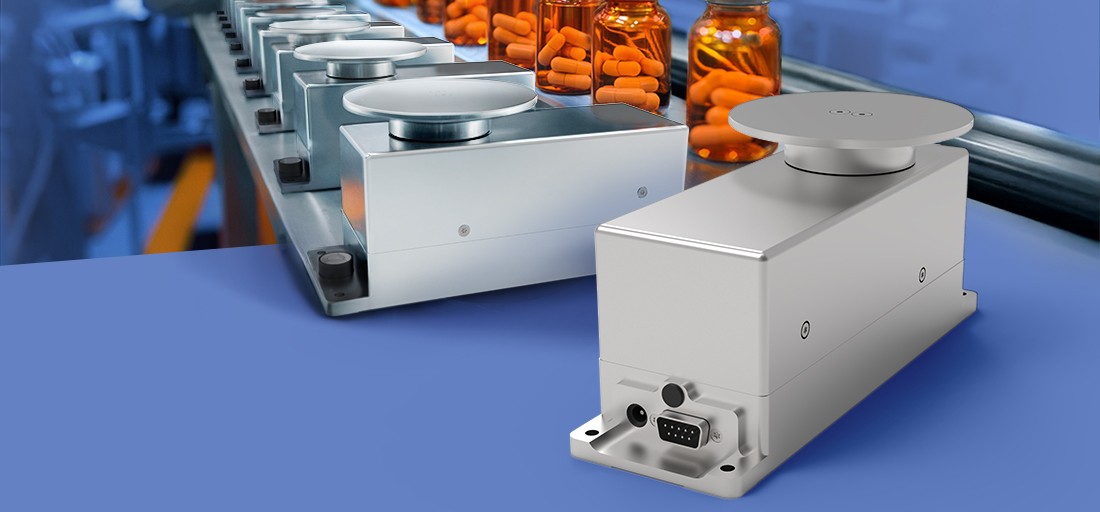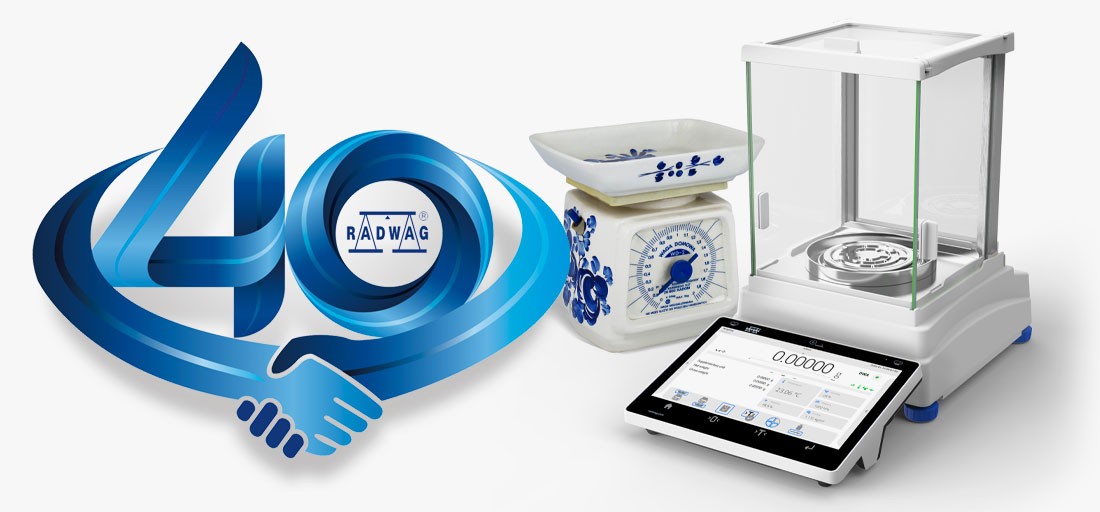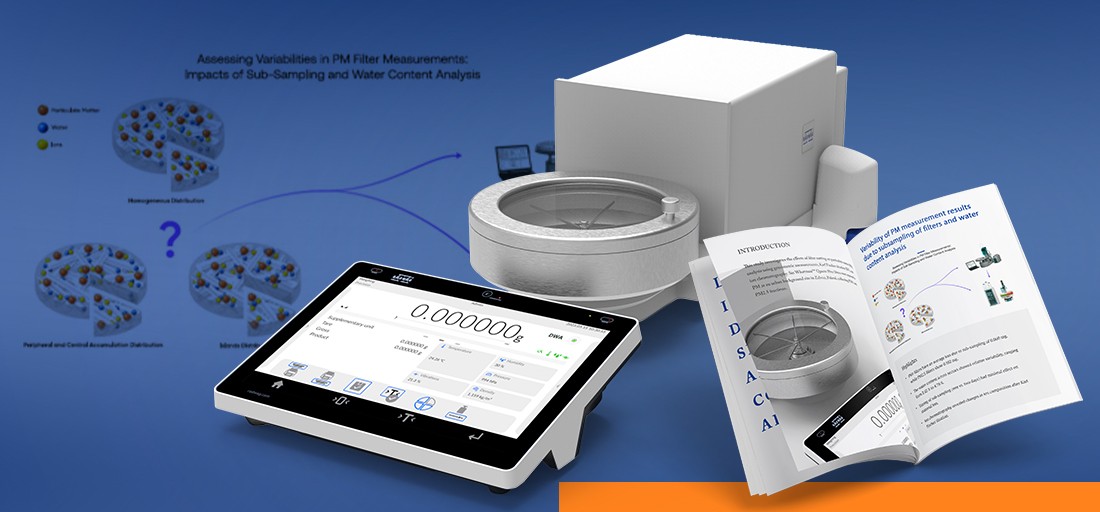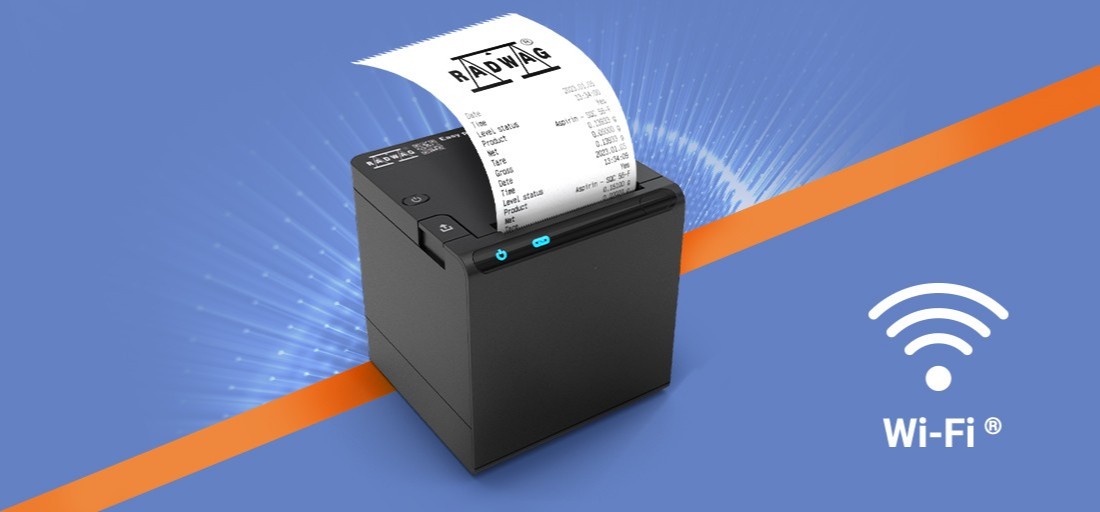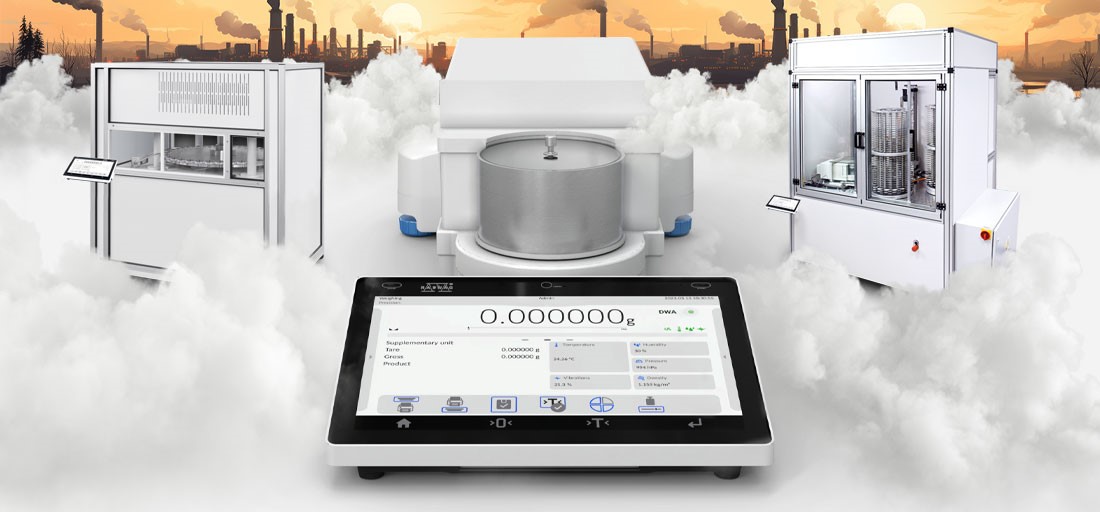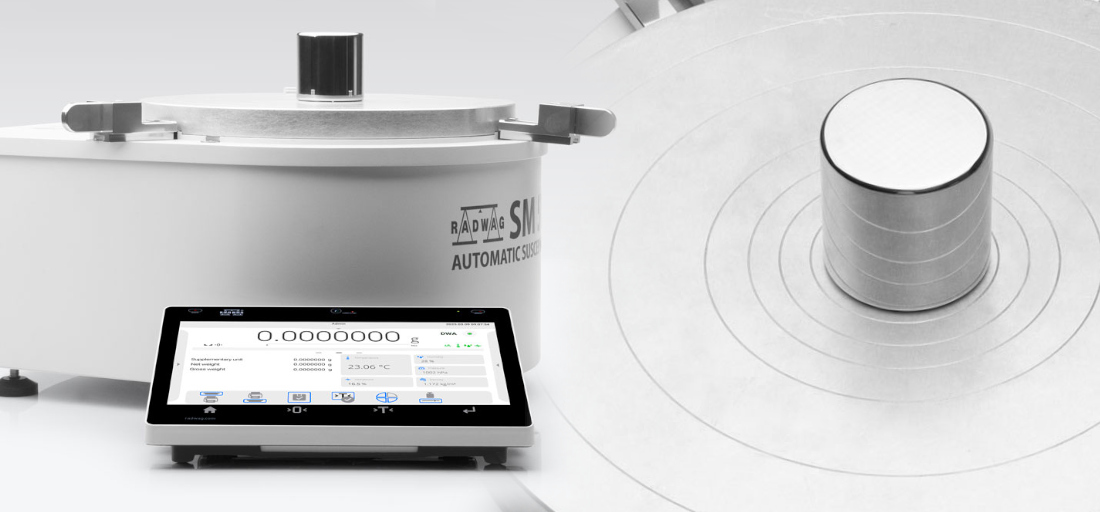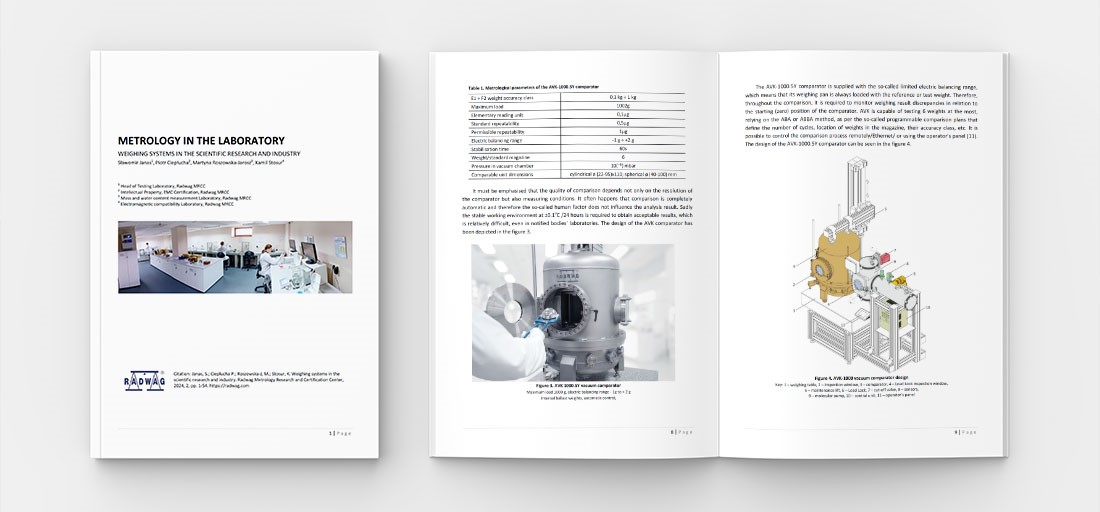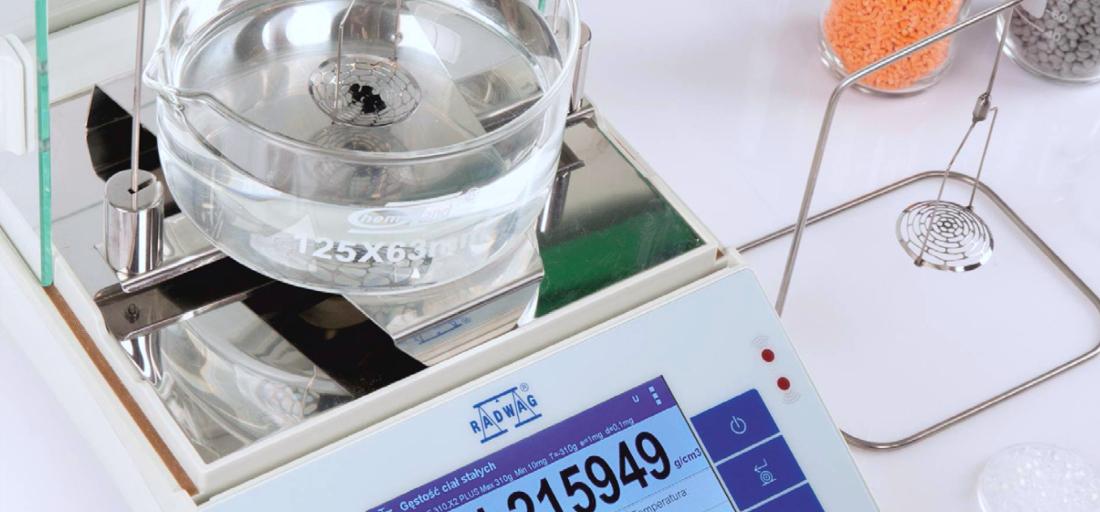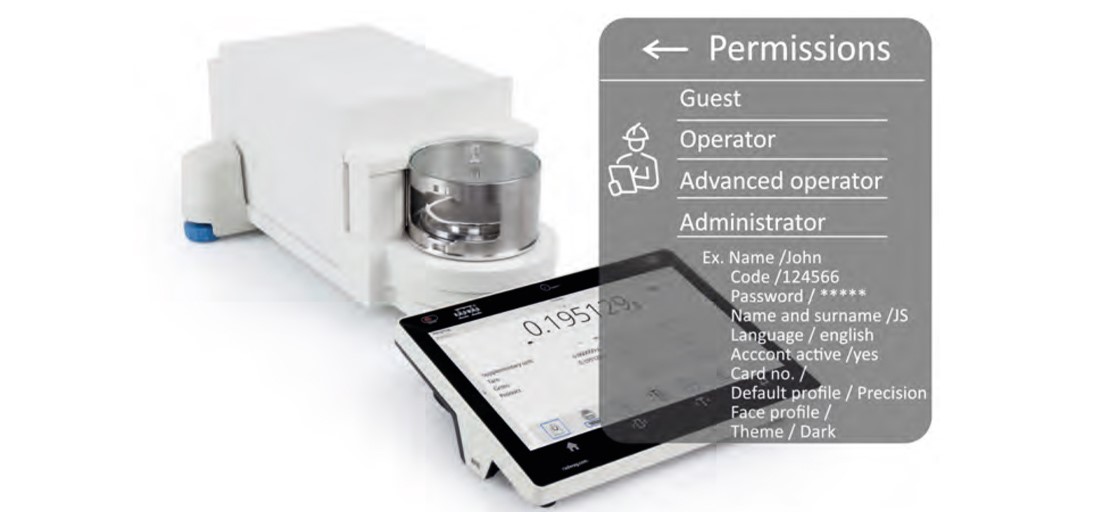How Often Should One Calibrate and Adjust a Balance Used in Pharmacy? Routine Tests of Electronic Balances in Pharmaceutical Industry

Calibration and adjustment of the balance, and tests of repeatability, eccentricity and linearity are all procedures that must be carried out regularly. They are especially crucial if you use the balance in pharmaceutical industry. In this article we will tell you how often the balances used in pharmacy must be subjected to routine tests.
What Kind of Balances Are Used in Pharmaceutical Industry?
In pharmaceutical industry both industry scales (4- and 1-load-cell platform devices) and laboratory instruments (precision balances, analytical balances, microbalances and ultra-microbalances) are used. 4-load-cell platform scales are operated in warehouses for product receipt purposes and for separation of the loads into smaller batches. For production purposes, 1-load-platform scales are used right next to precision and analytical balances, applied in laboratory tests in combination with microbalances and ultra-microbalances.
Why the Routine Tests of Electronic Balances Are a Must in Pharmaceutical Industry?
Routine monitoring of balances is performed in order to minimize weighing errors, and as a result, to ensure the maximum measurement accuracy. Accuracy is especially crucial in the pharmaceutical industry. This is due to the fact that the balances used in areas concerning health and life protection are a subject to metrological control (Law of 11th May 2001, Metrology Act). No wonder – each production process is burdened with a risk of a mistake which in case of medicine may cost a life or health loss.
 There are two answers to a question regarding frequency of such controls:
There are two answers to a question regarding frequency of such controls:
1. In Accordance with an Adopted Time Interval
In this case it is assumed that the instrument's operation is correct between particular controls, in other words, that its indications are within permissible tolerance. Such situation requires 2 limits to be introduced. With the first one exceeded, you can operate the balance for a short period of time, with the second exceeded, the critical one, you must consider the balance invalid and stop using it. Exception is the control of sensitivity; in this case, the exceeded critical point does not have to mean the necessity to exclude the balance from use, since the real balance error may be still tolerated while weighing small masses, lower than 50% Max.
2. Prior to Each Measurement
The second solution is adjustment carried out prior to each measurement. More practical and less costly is so called internal adjustment, function with which each balance of accuracy class I and II is equipped. This adjustment method does not require storing and monitoring of external mass standards. Internal mass standard used for adjustment purposes is neither a subject of calibration nor test procedures - it is treated as a standard equipment of a balance featuring an internal adjustment function.
Internal 2-point adjustment is one of few internal adjustment types, it enables to introduce correction of linearity during the adjustment process.
Alternative option for the internal adjustment is an external adjustment, available for users in non-verified balances. It allows for traceability and eliminates the same errors as the internal adjustment does. It is recommended to carry out the external adjustment using a mass standard of nominal value close to the maximum balance capacity.
How Often Should One Calibrate and Adjust a Balance Used in Pharmaceutical Industry?
Balance calibration is a procedure consisting in determination of error of balance indications in a particular point of mass, and comparison of the value with a mass standard value. As a result of performance of this procedure we get a report known as a calibration certificate which provides: measurement error, deviation, measurement uncertainty and eccentricity.
In accordance with recommendations, balance calibration should be performed at least once a year.
How Often Should One Adjust a Balance Used in Pharmaceutical Industry?
 Balance adjustment consists in comparison of the indication provided in the course of weighing of the internal balance weight with its previously determined value. It is carried out in order to correct the indication error, and to provide maximum increase of balance precision.
Balance adjustment consists in comparison of the indication provided in the course of weighing of the internal balance weight with its previously determined value. It is carried out in order to correct the indication error, and to provide maximum increase of balance precision.
Balance adjustment must be performed prior to each series of weighing.
How Often Should Repeatability, Eccentricity and Linearity Tests Be Performed in Pharmaceutical Industry?
1. Balance Repeatability Test
Repeatability is a balance ability to provide identical weighing result for one and the same load weighed several times under identical conditions.
If you use the balance exclusively to weigh samples of mass up to 5% of the maximum capacity, then the only recommended test is control of repeatability.
Repeatability is the measure allowing to determine balance indication accuracy, therefore its test must be carried out whenever there is an assumption that the instrument operation is invalid.
In other words, balance repeatability test is to be performed whenever needed.
2. Balance Eccentricity Test
Balance eccentricity is a difference between indication when the reference weight takes central position of the weighing pan and the indication when the same reference weight is loaded onto a weighing pan spot specified by EURAMET guidelines and a local standard.
Eccentricity must be checked at each balance calibration.
3. Balance Linearity Test
Linearity is a deviation of real balance characteristics from a straight line connecting two points: zero and maximum. No balance is an ideal machine, its characteristics will never be a straight line, however a straight line is a desired standard.
Linearity parameter does not concern samples of small mass since it is stable in a whole weighing range. Linearity error is correlated with the balance repeatability error, the first one depends on the later.
Linearity must be checked at each balance calibration.
Summary
Suggested test frequency with regard to particular parameters is not arbitrary. Each metrological unit shall independently specify time intervals of balance control with reference to:
· procedures specified in the quality management system,
· range and intensity of works carried out on the balance,
· stability of the balance over time,
· expected measurement accuracy and uncertainty budget in the weighing process.
Control periods for balance parameters suggested above can be applied with the assumption that external conditions are stable.
Should you have more questions concerning balance calibration, adjustment or other routine tests, contact us.


